
The Bonnie and Clyde of art

Jean Tinguely and Niki de Saint Phalle were one of the most flamboyant, unconventional and devoted couples in the history of modern art.
To mark its tenth anniversary, the Museum Tinguely in Basel has organised the first-ever exhibition of the artistic dream team “Niki & Jean”. Private letters, films, drawings, models and their joint monumental works present an intimate portrait of the couple and their rollercoaster lives.
For over 30 years their marriage of life and art, sculpture and happenings, revolution and staged adventures captured a spirit that embodied the triumph of freedom, love and art.
By all accounts, Fribourg-born Tinguely and French-American de Saint Phalle made an unlikely pair: the ambitious working-class sculptor and the aristocratic rebel, the crazy square-jawed metalworker and the elf-like model.
When they met in Paris in 1955, each was married – but Cupid had other ideas. In 1960 both divorced their spouses and moved in together, starting an intense collaboration based on a passion for their work.
“Each of us was constantly pushing the other,” de Saint Phalle wrote in a letter to Tinguely following his death. “It was an extremely fruitful, spiritual relationship. But the greatest thing you ever gave me was belief in my work.”
Trust
Andres Pardy, the exhibition curator, agreed that their long relationship was made special by their mutual trust.
“You can feel it throughout their work. Both were convinced that the other was doing something good,” Pardy told swissinfo. “And the sense of trust allowed them to work at the same level, unlike most artistic pairs.”
Throughout the Sixties Niki and Jean were inseparable, working together on projects, inspiring and learning from each other.
Tinguely was a leading member of a Duchamp-influenced art movement called the New Realists. He used his hands to create what he called “meta-mechanics”, strange kinetic sculptures made of industrial machine parts. “I make machines that have no use at all,” he said.
By contrast, de Saint Phalle, who was later best known for her gigantic, vividly painted female “Nana” figures, started with relatively modest collages and reliefs.
Rebels
During the Sixties the couple played on their rebellious, glamorous image. With Jean’s assistance, Niki organised “shooting paintings”, using shotguns to fire ink at large reliefs. In 1962 the American television network NBC commissioned a film of their work – blowing up Jean’s sculptures in the Nevada desert – that opened up doors to new audiences and helped cement their reputation.
The couple were introduced by an American TV channel in 1962 as the “Bonnie and Clyde of the arts” and the name stuck.
Niki and Jean incarnated the revolutionary atmosphere and sexual freedom of the era. In 1966 de Saint Phalle unveiled a huge walk-through sculpture of a reclining woman entitled hon-en-katedral (Swedish for “she – a cathedral”) at the Moderna Museet in Stockholm.
Having entered the installation between the Nana’s legs, visitors found, along with a bar, a kinetic metal sculpture by Tinguely, which he described as an “orgasm machine”.
Based at Soisy-sur-Ecole in France, the couple continued to create works of art together while retaining their own independence.
“I had the genius and generous support of Jean to help me realise my dreams,” wrote de Saint Phalle.
Fame
Over the next 20 years their growing reputation led to a series of large-scale sculptures, such as the “Fontaine Stravinsky” near the Pompidou Centre in Paris.
The Basel exhibition also touches on the romantic side of their relationship. They remained close after Tinguely moved back to Switzerland in the 1970s and de Saint Phalle stayed in Soisy-sur-Ecole.
In 1971 the couple married to seal their emotional and artistic relationship, while continuing to collaborate intensely to the end.
“Theirs was a strategic marriage,” said Pardy. “They wanted to be sure that when one of the two died, their work was in safe hands, and they trusted each other absolutely.”
When Tinguely died aged 66, de Saint Phalle took care of his legacy, giving 55 large works to the new Tinguely Museum in 1996. She also completed “Le Cyclop”, a gigantic kinetic sculpture in the form of a head in the forest of Milly-la-Forêt in France.
swissinfo, Simon Bradley in Basel
Jean Tinguely (1925-1991) grew up in Basel. A member of the Parisian avant-garde, his kinetic works revitalised and revolutionised the “static” world of art.
Niki de Saint Phalle (1930-2002) was born in Paris to an American mother and French banker. She made her name as a sculptor, painter and filmmaker and is best known for her gigantic, brightly coloured female Nana figures.
The “Niki & Jean” exhibition is at the Museum Tinguely, Basel until January 21, 2007.

In compliance with the JTI standards
More: SWI swissinfo.ch certified by the Journalism Trust Initiative
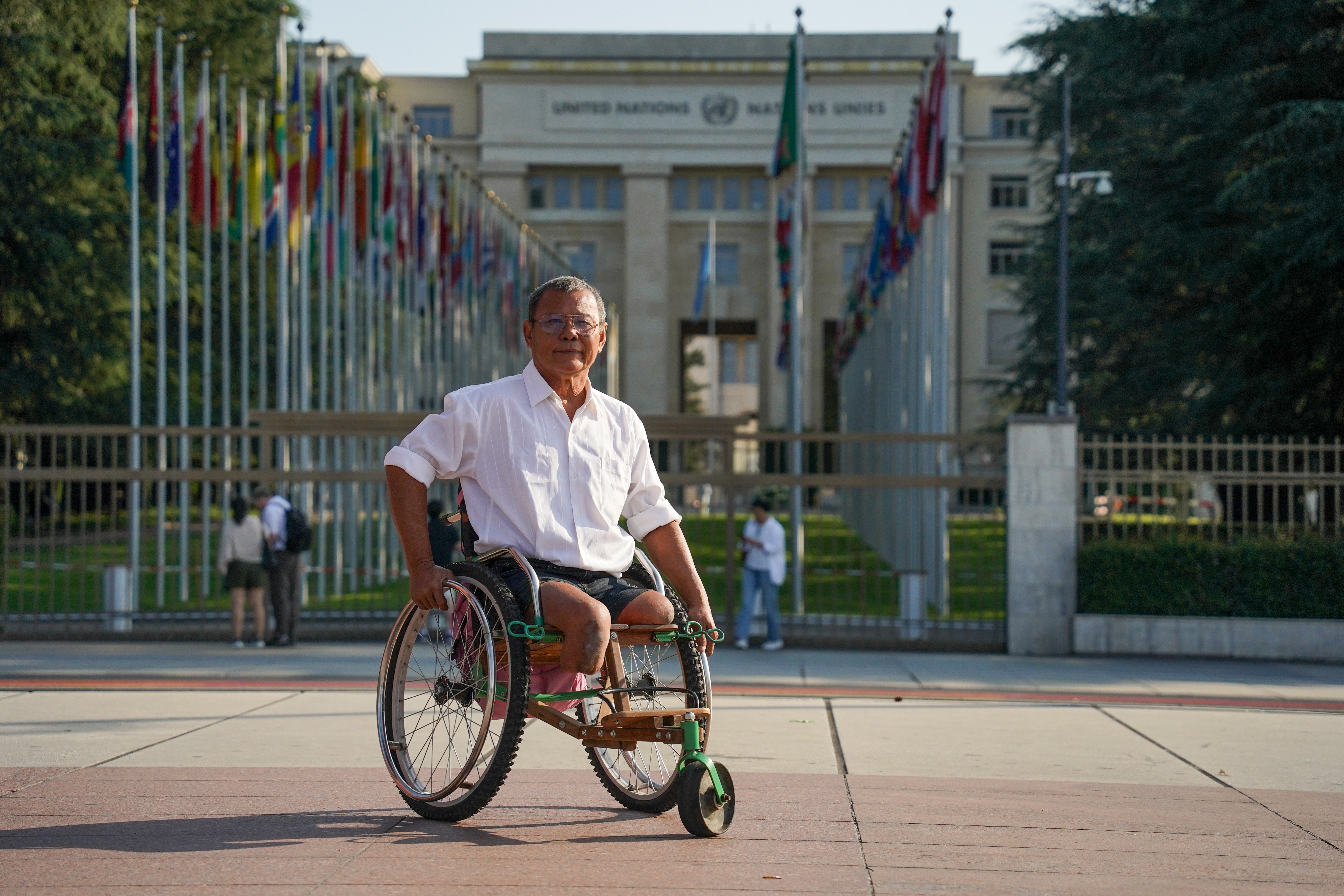




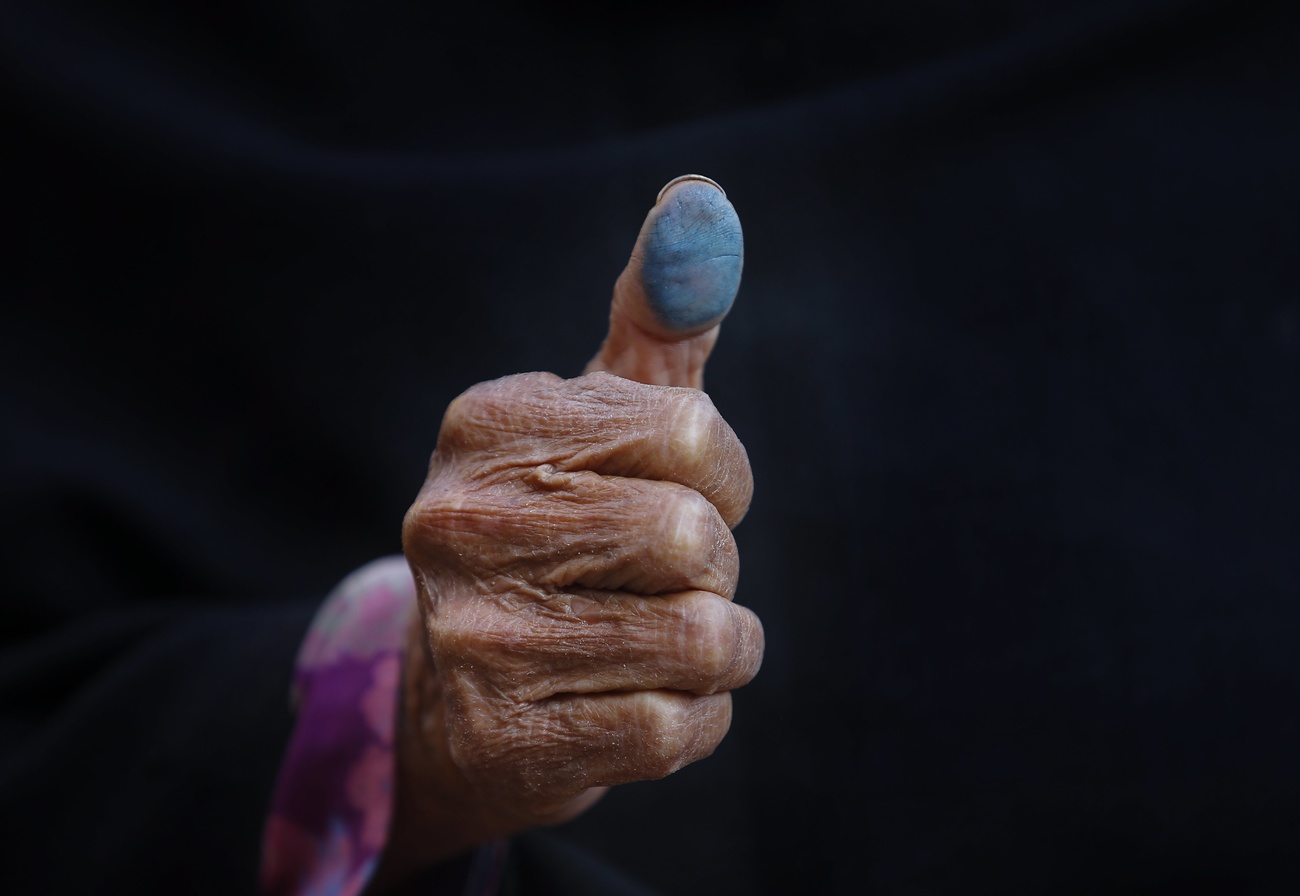








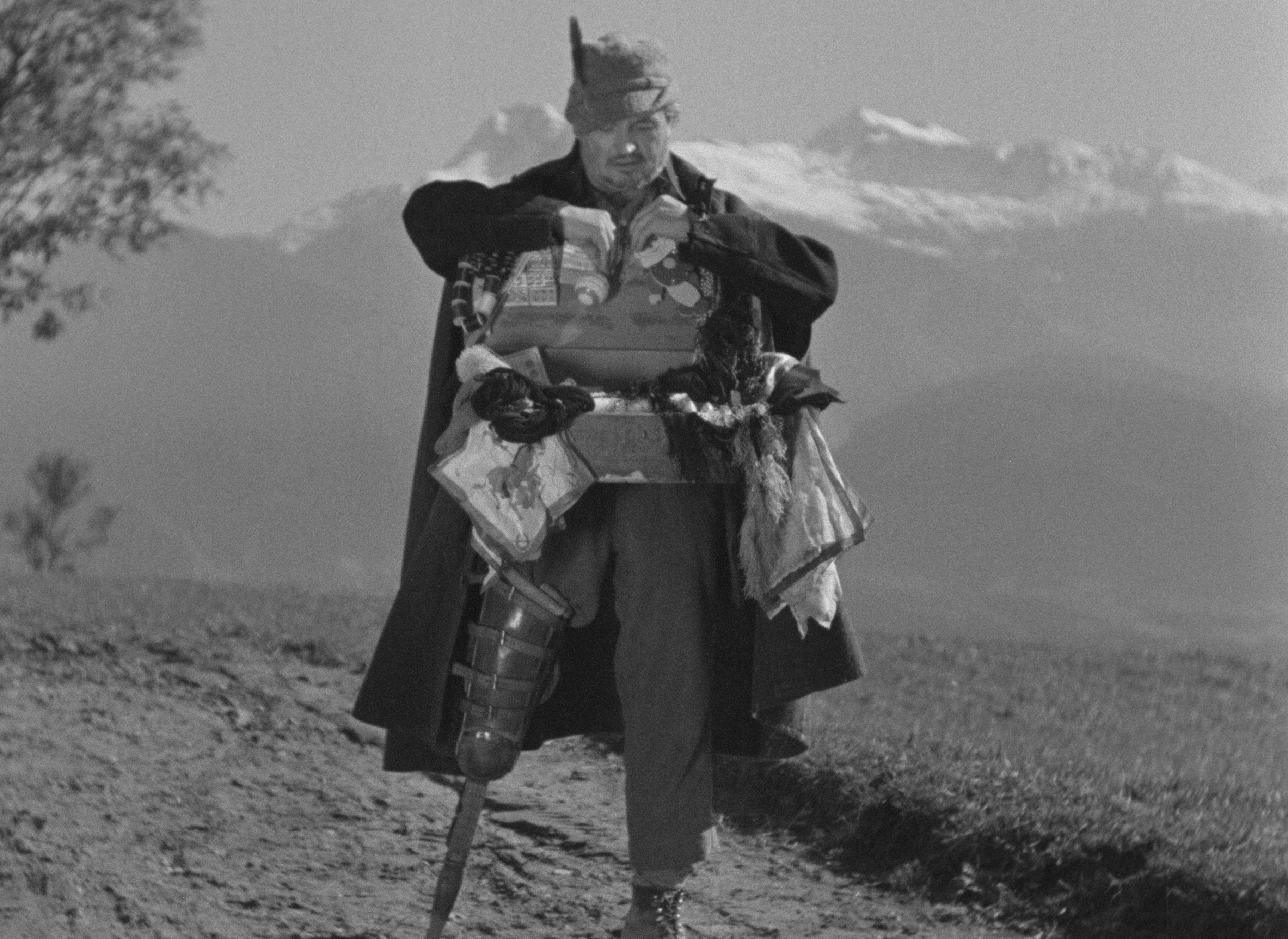
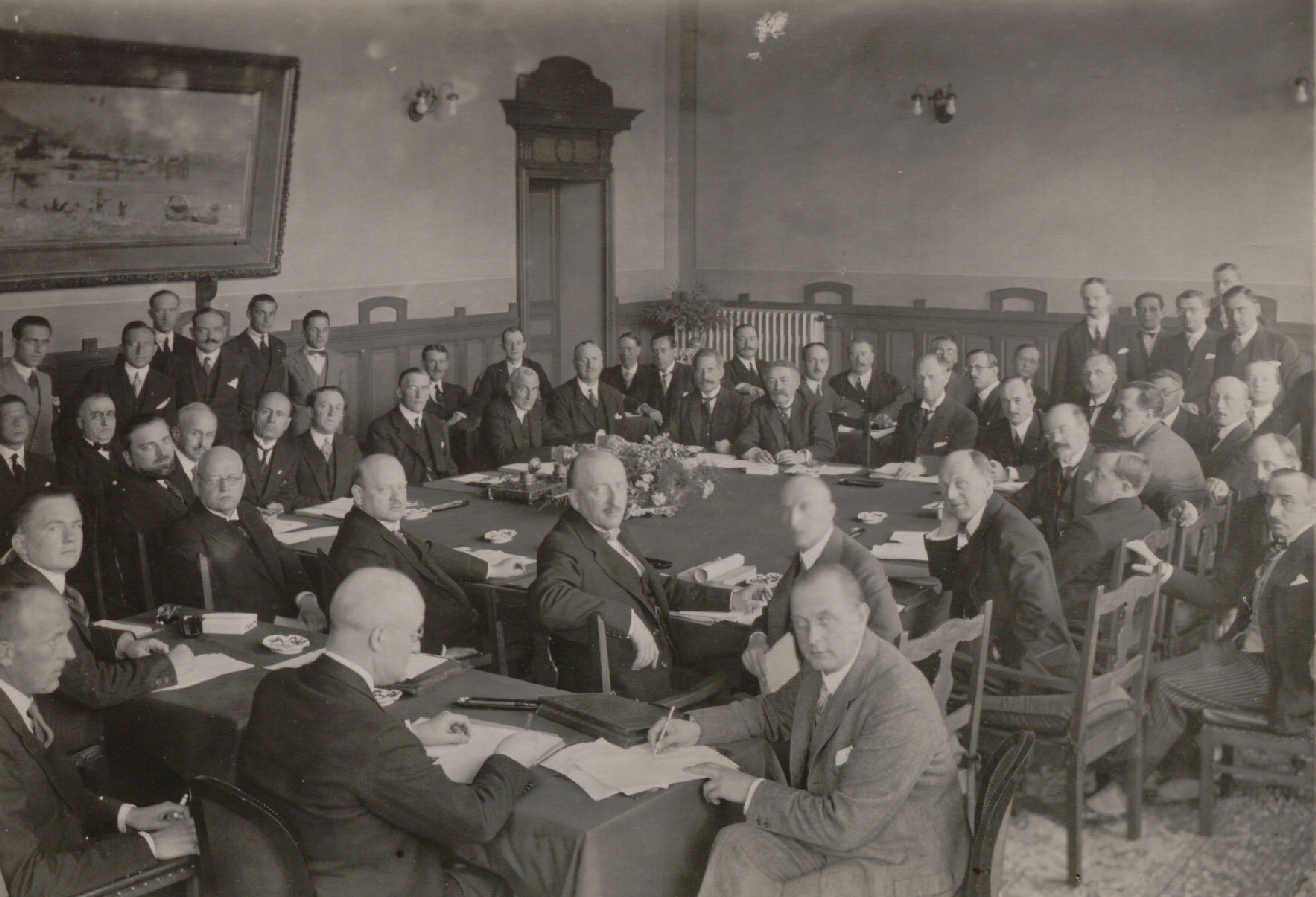











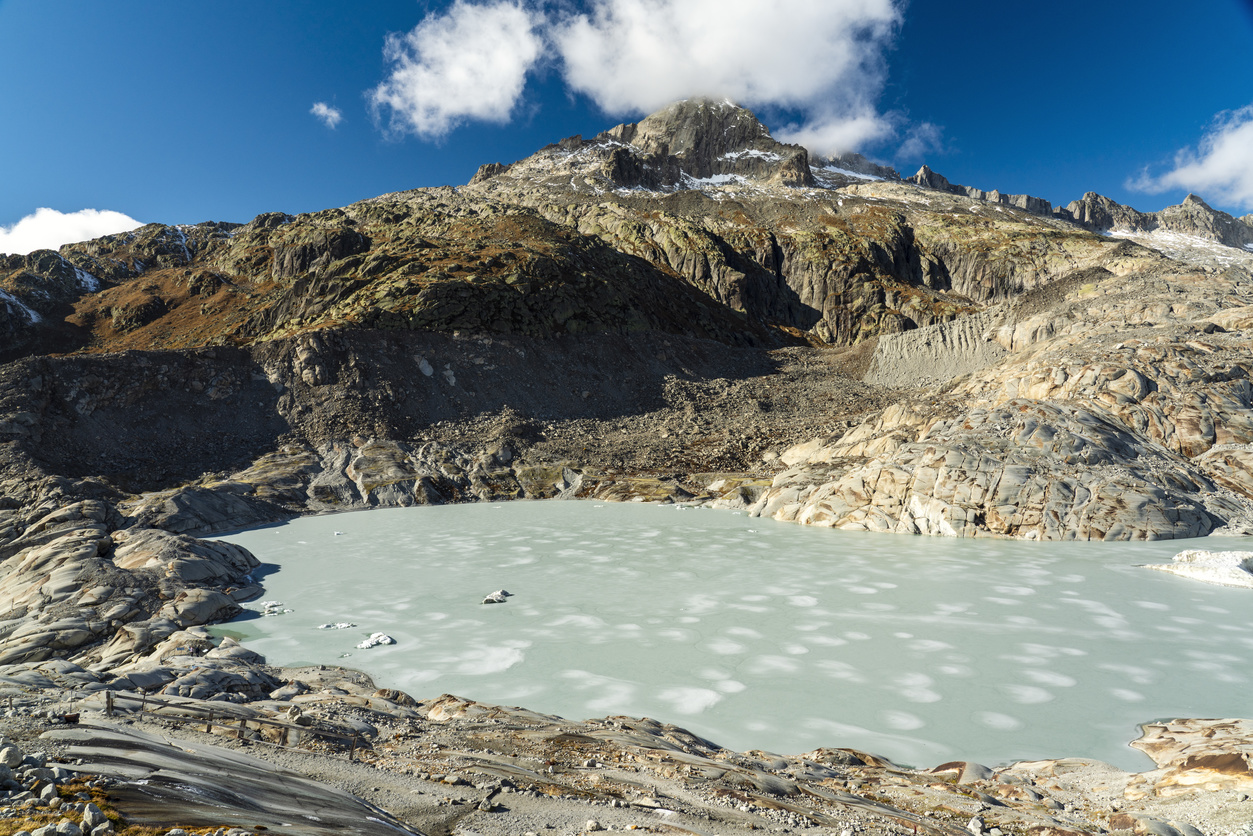
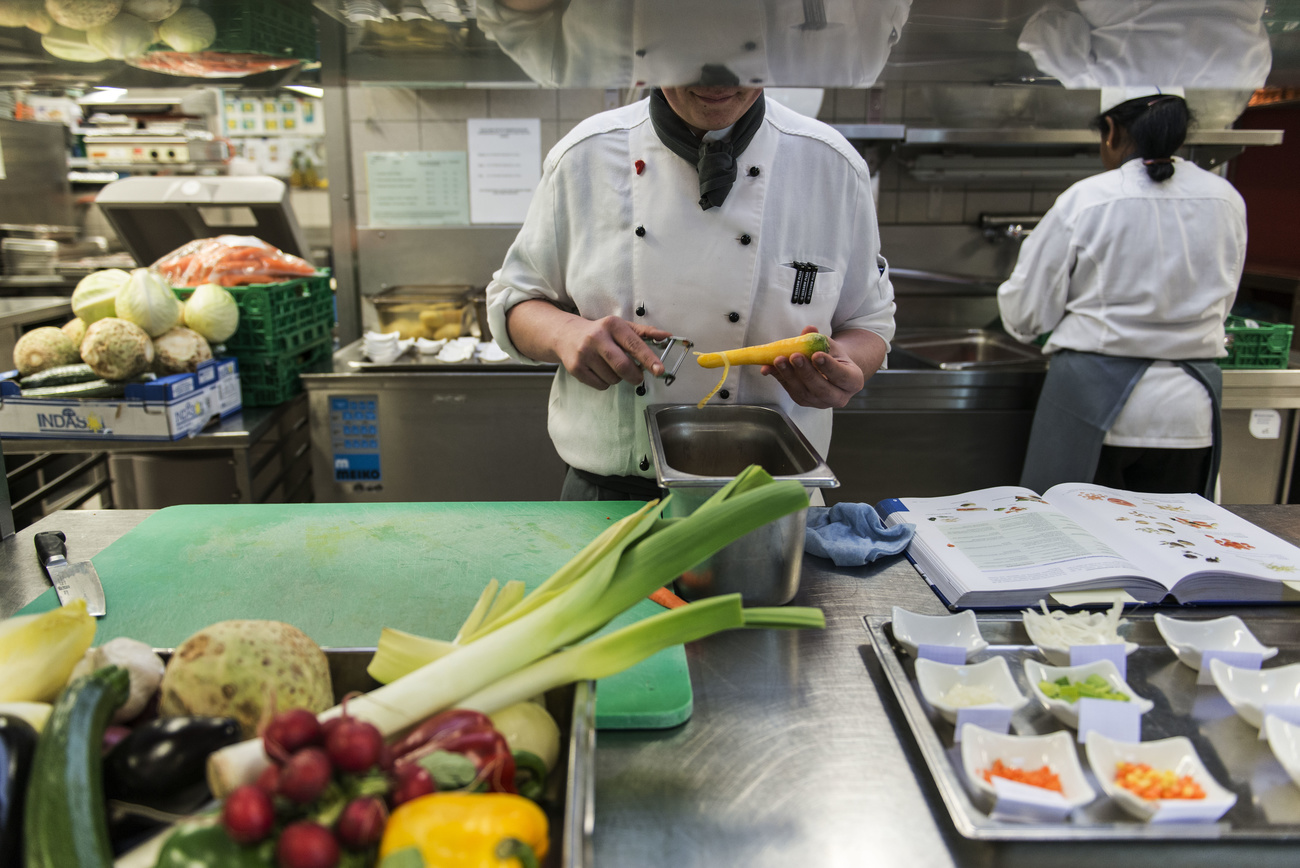

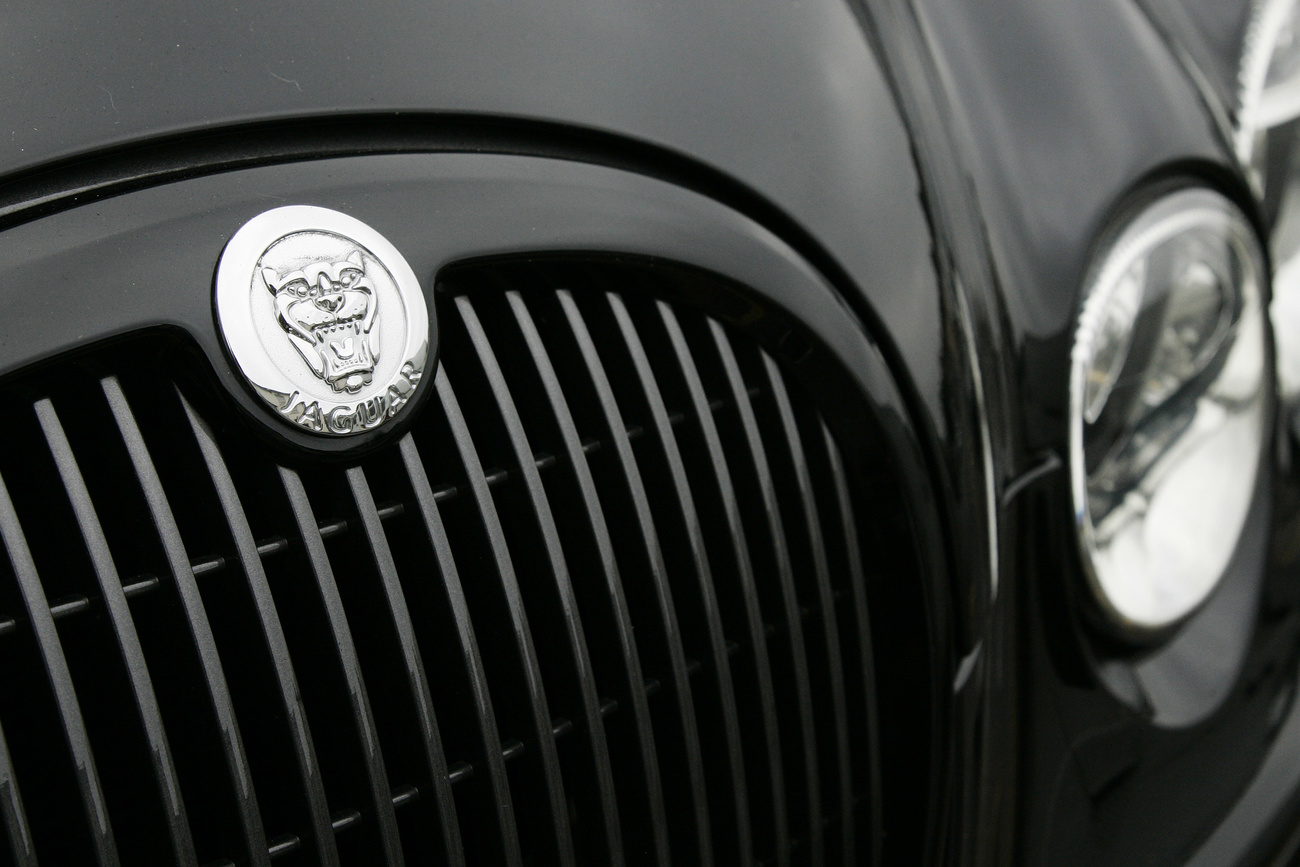




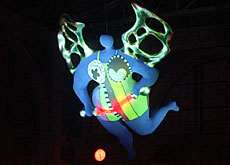
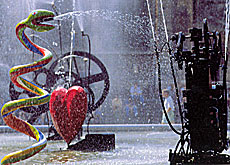


You can find an overview of ongoing debates with our journalists here . Please join us!
If you want to start a conversation about a topic raised in this article or want to report factual errors, email us at english@swissinfo.ch.